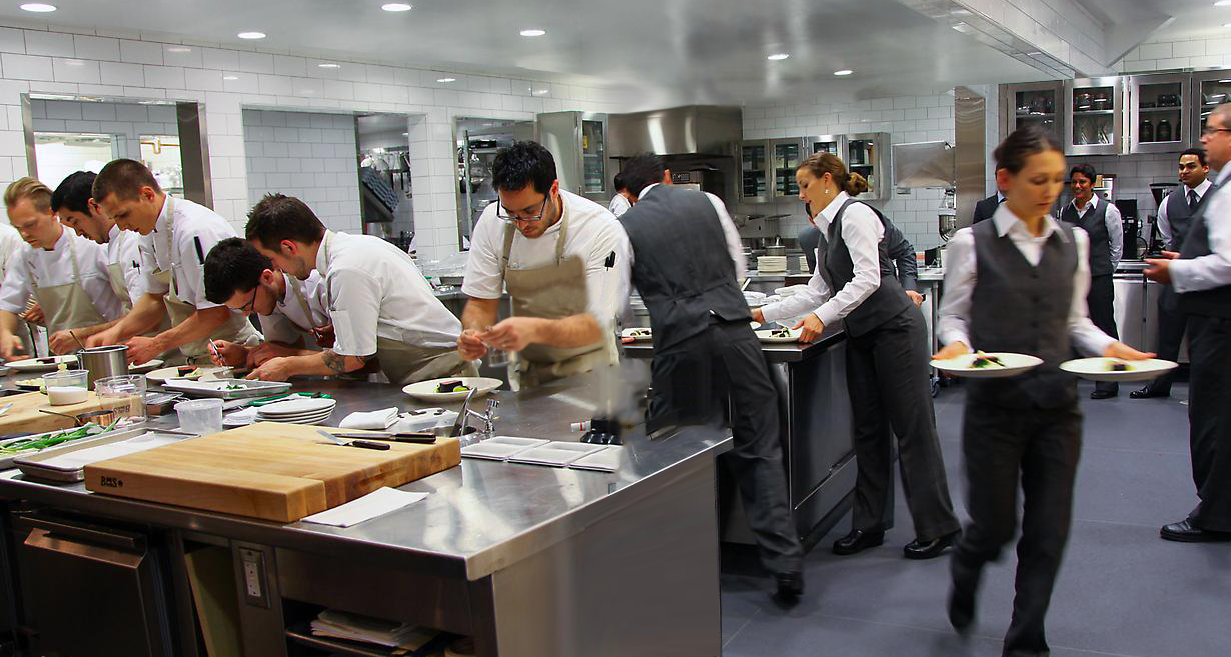
October 16th, 2025
Successfully managing labor costs remains one of the biggest determinants of restaurant profitability. As wages rise and staffing challenges persist, understanding where your labor costs stand relative to industry benchmarks can make the difference between a profitable operation and one that runs in the red.
According to the 2025 National Restaurant Association’s Restaurant Operations Data Abstract, labor costs have continued to be a major factor in restaurant performance. The annual report, based on financial and operational data from more than 900 restaurant operators across the United States provides valuable insights into how successful restaurants manage their labor expenses.
Among full-service restaurants, salaries and wages (including benefits) accounted for a median of 36.5% of sales in 2024. Profitability was closely tied to keeping these costs under control.
That’s a significant gap of nearly nine percentage points between profitable and unprofitable full-service operations, highlighting the importance of labor efficiency and scheduling optimization to maintaining healthy margins.
In the quick-service and fast casual segment, the differences were less dramatic but still meaningful.
Even small percentage differences can have a major impact in an industry where profit margins are often razor-thin.
Labor is one of the most controllable expenses in a restaurant’s budget, but it’s also one of the most complex. Managers must balance adequate staffing levels to ensure great service with the need to control payroll costs. Regularly reviewing labor cost percentages helps operators:
Labor is one of the most controllable expenses in a restaurant, and careful management can significantly improve profitability. Operators can lower labor costs by implementing strategies such as:
By focusing on these strategies, restaurants can control labor expenses without compromising customer experience.
The latest data reinforces a clear truth: restaurants that keep labor costs aligned with revenue are much more likely to remain profitable. Whether you run a fine-dining establishment or a quick-service operation, tracking your labor cost percentage is one of the most powerful steps you can take to strengthen your bottom line in 2025.
For full-service restaurants, around 34–36% of sales is typical, while limited-service restaurants aim for 30–32%. Staying below these benchmarks often correlates with profitability.
Effective strategies include optimizing staff schedules based on demand, cross-training employees, leveraging technology like POS systems, and monitoring productivity metrics regularly.